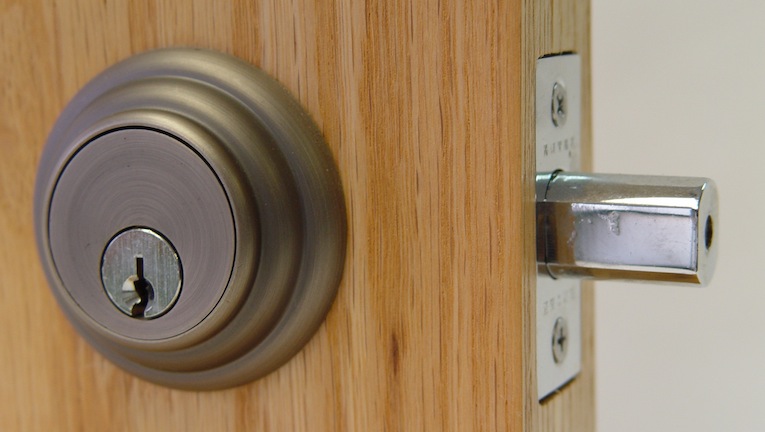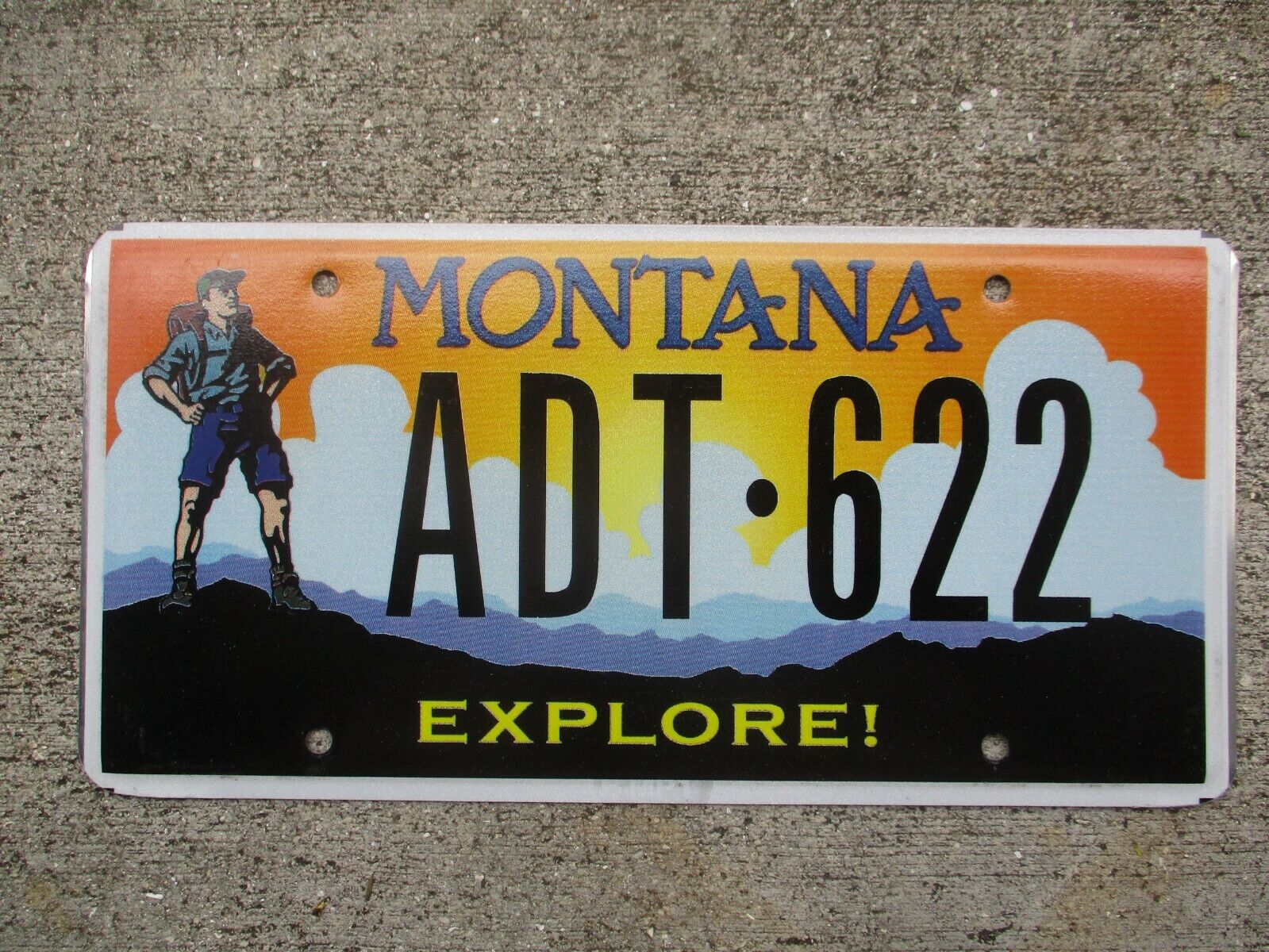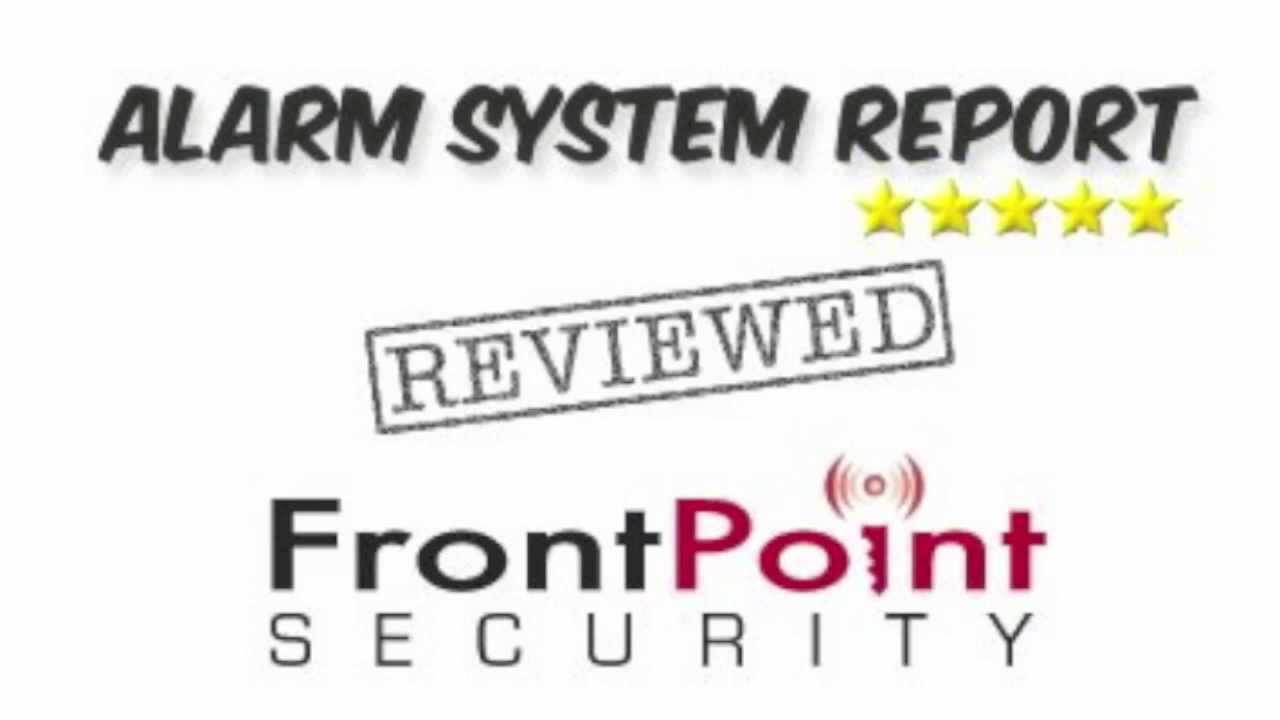
The Level Lock, a smart lock that connects to Apple's HomeKit, is slim and easy to set up. It connects directly with smart devices through Bluetooth 5.0 LE. You can also control your lock using the Level app. It takes just a few clicks to change the lock's status.
Level is made to fit standard doors that are 1 3/4 inches thick. It includes the standard deadbolt and an extender. A folio also contains access cards. You will need a HomeKit hub such as an Apple TV 4K, or HomePod mini to get a Level lock.
Renters may find the Level Lock beneficial because it has an invisible design. However, it is a bit expensive at $229. You will also need an Apple iPad, iPhone or iPod to use this product. This is a problem if your HomePod or HomePod Mini doesn't exist.

Level has an internal locking motor with a two-piece exterior keyhole. This combination offers the convenience of a standard mortise and a more robust design. There are several finishes to choose from, including polished brass and satin nickel. Although the lock isn't as appealing as other smart locks it is functional and more useful than other models.
The Level Home app allows you to control the lock from your phone, as well as create automations for your home. It supports the HomeKit QR codes. These features enable you to share your lock with guests or other users, and allow you check in even if you're not there. The app will notify you if someone attempts to open your door while you are away.
Auto-Lock also has a feature that automatically unlocks the doors when you leave. The Level app or Siri can be used to control the lock. For added security, you can set a specific date and time for when the lock will be available to you.
The Level smart lock is quite expensive, as one would expect. The Level smart lock is 329 dollars more than other locks from Home Depot. But if you're looking for a smart lock that integrates with your other Apple devices and has an easy installation process, the Level is worth the investment.

A Level lock offers great security and besides its obvious appeal. It is rated AAA by the BHMA. This rating is based upon its ability to withstand attempts at pulling the door open.
The lock also comes with a printed HomeKit pairing number. This is crucial as you will need to enter the code into HomeKit to enable the feature. Level has tried to secure the lock but thieves could still gain access.
The majority of consumer-grade locks can easily be picked so the BHMAAA rating does not provide the same level as lockpicking. Some smart locks, such the Schlage Encode Plus Plus, can be difficult to find.
FAQ
Do I really require a home security system?
Home security is essential for everyone who lives in a home. A burglar could break into your houseat any time without warning. They can take all your valuables, even jewelry and expensive electronics. If you don't lock the doors, they can just take everything.
Home security systems can help protect your home by notifying you when something happens. You can view the recorded footage and receive alerts from your mobile device when motion is detected.
You can use a DIY camera to replace a costly home security system. These devices can be used to monitor who is at your front door as well as send you notifications when someone enters or leaves. However, they will not stop intruders breaking into your home.
What is the highest-rated home security system rating?
ADT Pulse and Ring Alarm are the most popular home security system. Vivint Smart Security Home Security and Protect America are also very popular.
Which home security system has the most features?
Ring Video Doorbell Pro offers the most features of all home security systems that we tested. It allows you to see who's at your front door, speak with them on your phone and record videos. It also comes with a free cloud storage service so you can save any recordings you make.
Statistics
- Related questionsHome security systems that are 100% DIY (safewise.com)
- Most home security companies will charge you around 75% of the remaining term of your contract if you cancel early—and some require 100%.Related questionsWhat type of contract length can I expect from security providers?Home security system cancellation (safewise.com)
- Unlike other online safety services that charge up to 100 percent of your monthly fee, Cove charges no upfront fees and has no hidden costs.
- That's probably why Cove has a whopping 98%* customer retention rate. (safewise.com)
External Links
How To
How to Install a Home Security System
A home security system is a device that monitors your property and alerts you if there's any activity. It could be a motion sensor, doorbell camera, smoke detector, fire alarm, flood alert, carbon monoxide detector, burglar alarm, etc. A home security alarm system often includes one or two sensors (e.g., motion detections), which send signals to the control panel when they detect movement. The signals are then sent out to a control board where they can monitored and recorded. If something goes wrong, like someone breaking in to your house, the control panels sends an alert to your phone or tablet, your computer, or voice assistant. You will immediately be notified and can take appropriate action.
It is important to choose the right type and size of sensors to fit your home before installing a security system. There are two main types: passive and active sensors. Passive sensors don't require batteries; they just pick up sounds and vibrations from their surroundings. These include buzzers, sirens and doorbells. Active sensors use electricity to transmit data. This type of sensor can be found in cameras and motion sensors.
There are many different brands of sensors available today. Each brand comes with its own pros and cons. Some sensors are weatherproof and others aren't. Some come with built-in speakers so you can hear them even if they're outside. Others are only for use inside. Others are more complex, while some offer more advanced features like night vision.
After deciding on the best type of sensors for your property, you'll want to choose a manufacturer. This will ensure that all your sensors work together. There should be many options at your local hardware store.
After choosing a brand of sensors to use, you can decide how many to purchase. Depending on whether someone lives alone or with their family, most people buy one to two sensors. If you are planning to add sensors later on, you may consider purchasing additional sensors.
Next, think about where you want them to go. Are they near windows or doors? Or are you happy to keep them hidden? Before you put them anywhere on your property make sure you get permission. Also, make sure they won't interfere with anything else, like electrical outlets.
Now that you know where you want to put your sensors, you'll need a way to connect them to your control panel. You might need a power adapter for your setup. Once everything is setup, you will be able to monitor your property.